NASA’s Cassini space probe entered Saturn’s orbit on July 1, 2004, and became the first spacecraft to orbit the ringed planet.
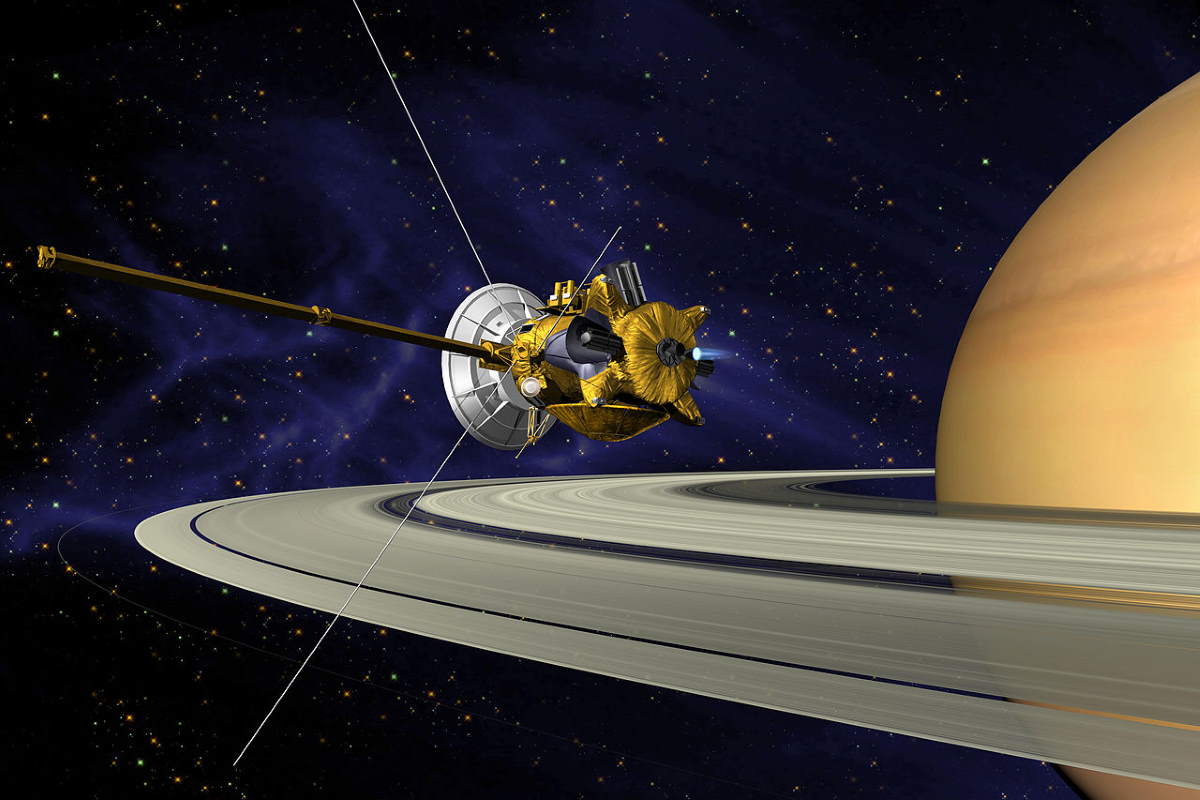

NASA’s Cassini space probe entered Saturn’s orbit on July 1, 2004, and became the first spacecraft to orbit the ringed planet.
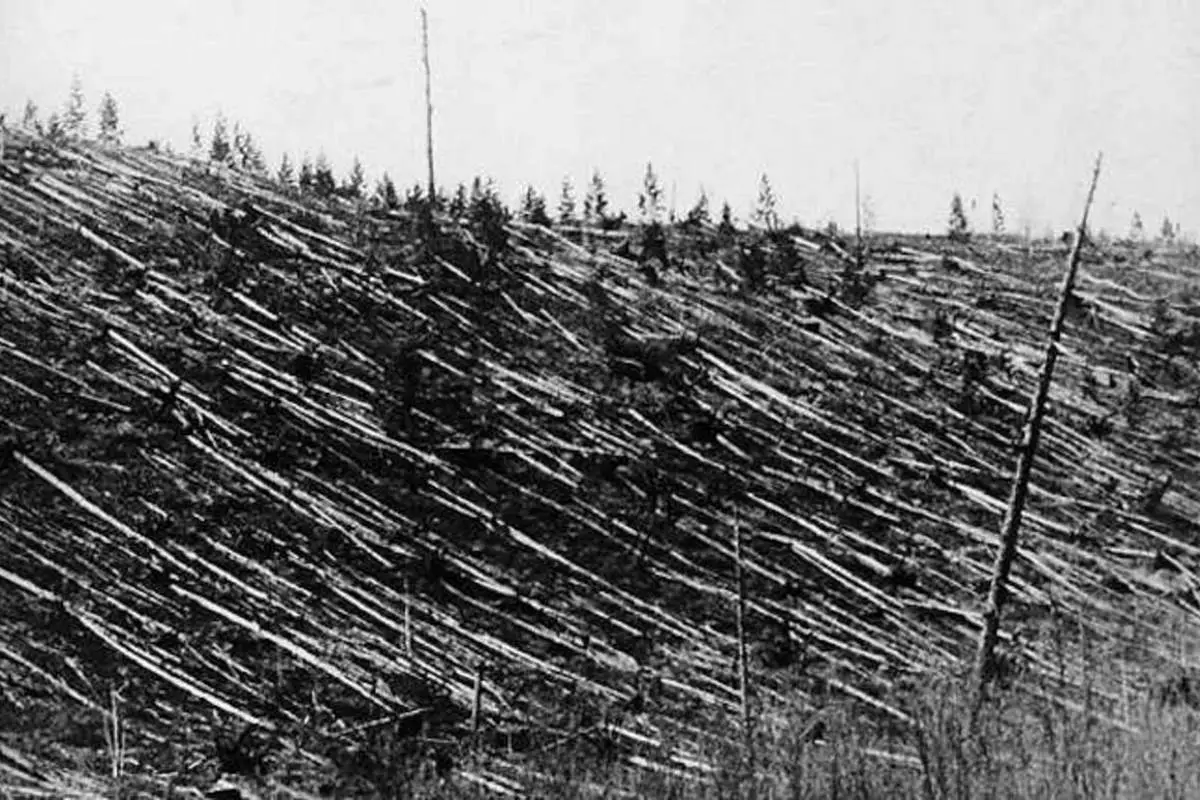
On June 30, 1908, at about 7:14 A.M., around the Tunguska River, a gigantic fireball devastated hundreds of square kilometers of uninhabited Siberian forest. It was about a ~12 megaton explosion, which means the blast was around 800 times more powerful than the Hiroshima atomic bomb.
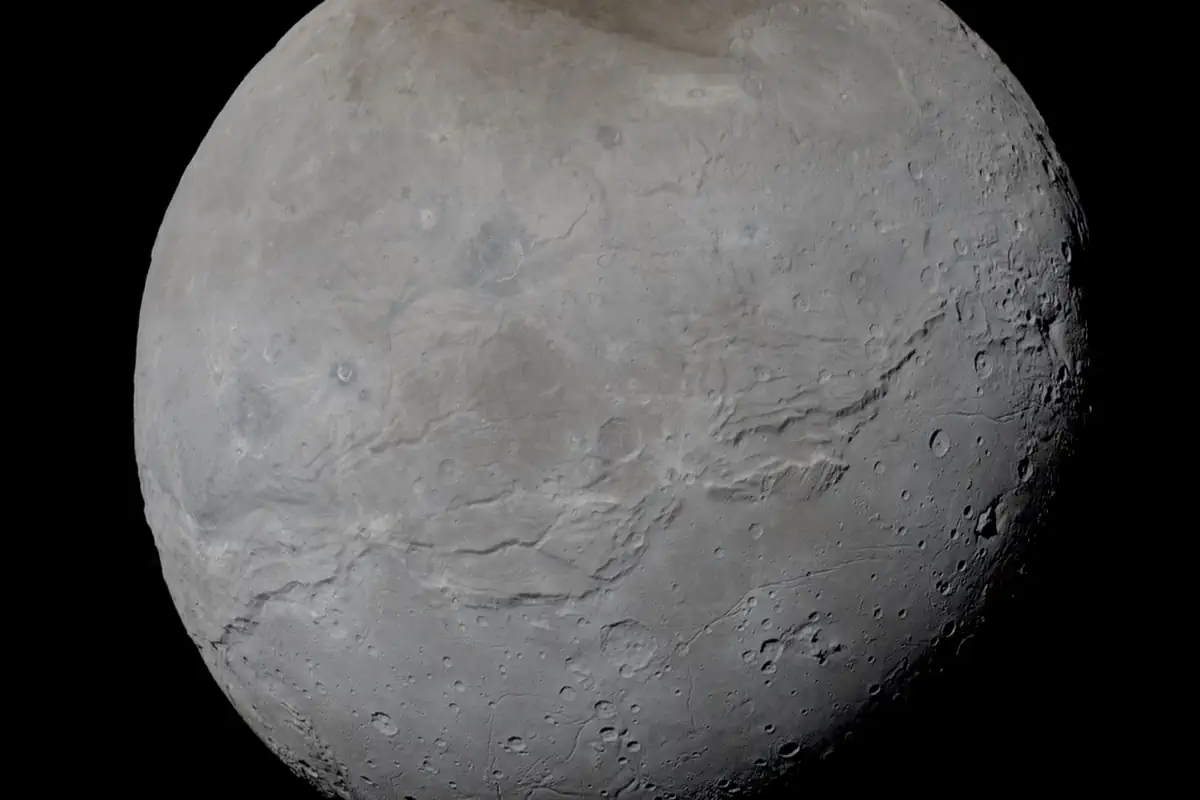
On June 22, 1978, Pluto’s moon Charon was discovered by United States Naval Observatory astronomer James Christy (born September 15, 1938).
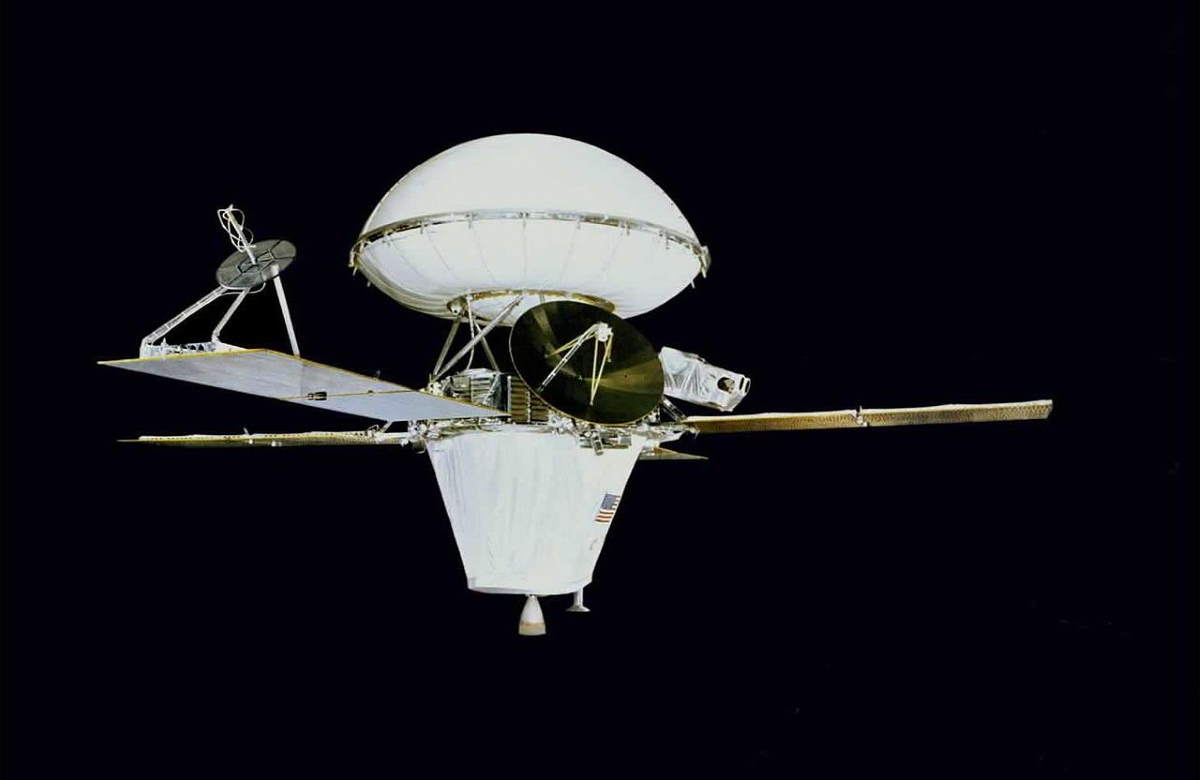
On June 19, 1976, NASA’s Viking 1 Orbiter was inserted into Mars orbit. Both Viking 1 and Viking 2 spacecraft were consisting of an orbiter and a lander.
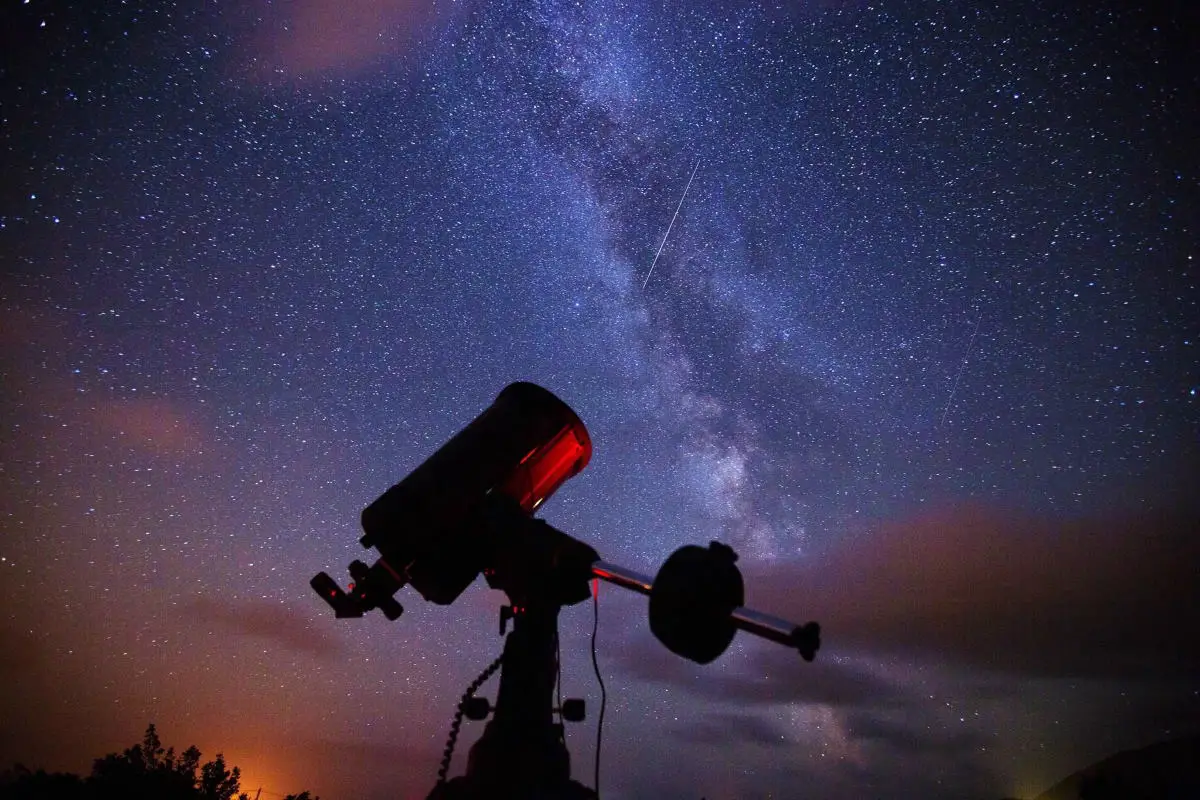
Busy days don’t leave much time to stare at the sky in awe. But once in a while, in the midst of looking forward, it may be time to look around – or up – at your surroundings and appreciate the view. Beyond a seemingly inky nightscape with only the occasional cloud, aircraft, or spattering of stars, there are also breathtaking celestial events at certain times of the year to look forward to. Such events don’t only remind us to revel in the sky, but also in space’s magical treasure trove of shooting stars, meteorites, northern lights, and more. If you have a yearning to stop and stargaze, a few steps can help you prepare for a wondrous experience.

On June 13, 1983, Pioneer 10 became the first spacecraft to pass beyond the orbit of Neptune. So, it is the first spacecraft to pass beyond all the solar system planets.
On June 12, 1967, the Soviet Union launched Venera 4, which means “Venus 4” in English, a probe in the Soviet Venera program for the exploration of the planet Venus. It became the first successful probe to perform in-place analysis of the environment of another planet.

On May 29, 1919, Einstein’s General Theory of Relativity, which was just four-year-old at the time, was put to its first test during a total solar eclipse. Albert Einstein’s prediction of the bending of light by the gravity of the Sun, one of the components of his general theory of relativity, could be tested by measuring how the images of stars shift when the sun is close-by.
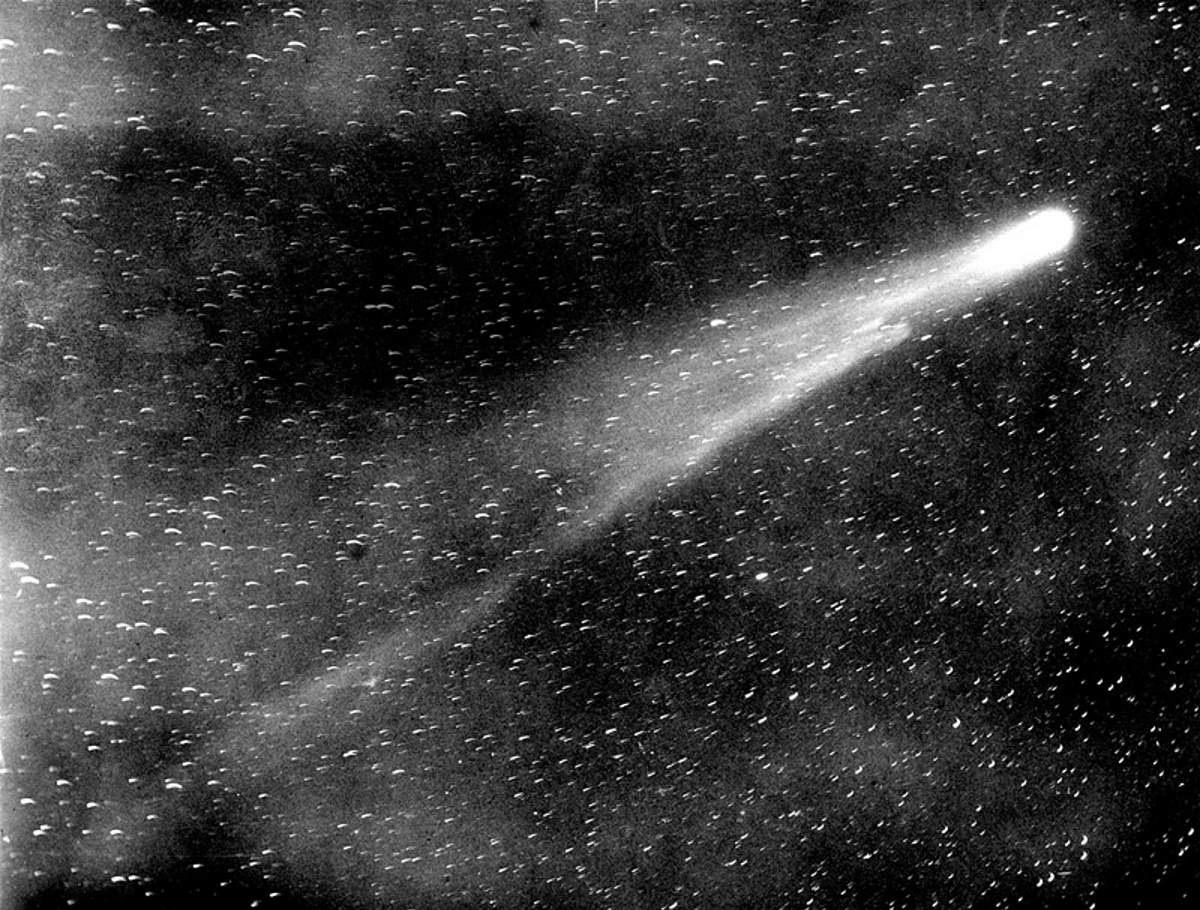
On May 19, 1910, the Earth passed through the tail of Halley’s Comet. Prior to the date, using spectroscopy, astronomers detected cyanogen, a very deadly poison in the comet’s tail. This caused panic. French astronomer Camille Flammarion (26 February 1842 – 3 June 1925) even claimed that life on Earth would end because of this.
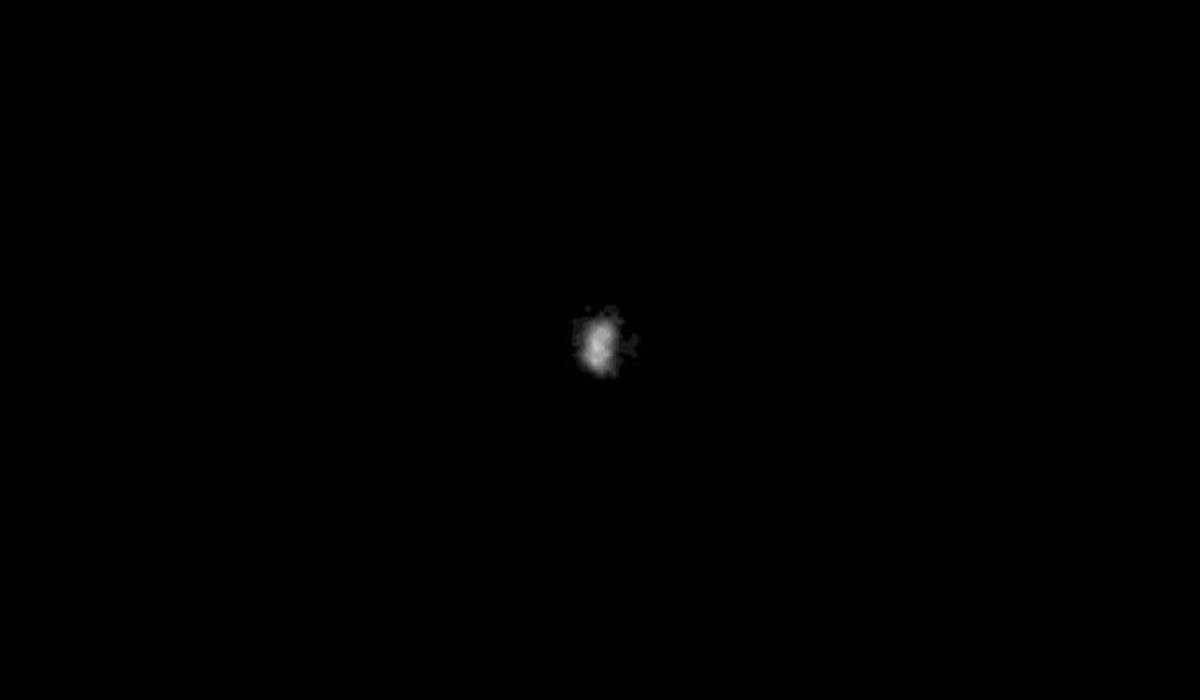
On May 1, 1949, Neptune’s Moon Nereid was discovered by the Dutch astronomer and planetary scientist Gerard Kuiper, who is the eponymous namesake of the Kuiper belt. Nereid is also named Neptune II because it is the second moon of Neptune to be discovered. It is also the last satellite of Neptune to be discovered before Voyager 2‘s discoveries in 1989.